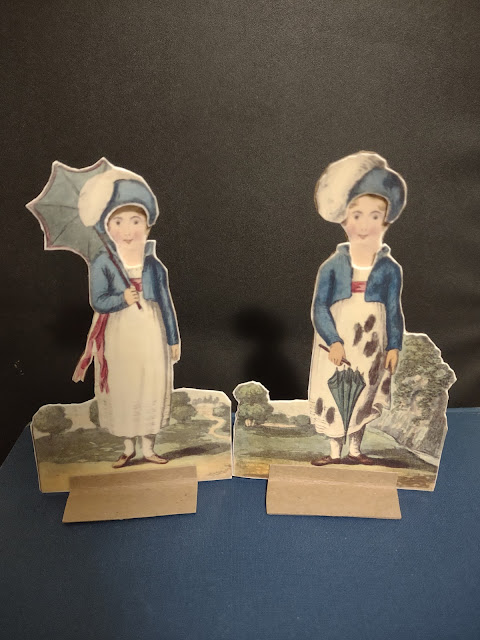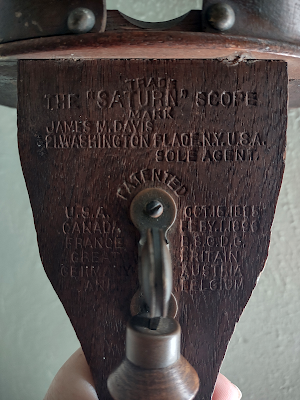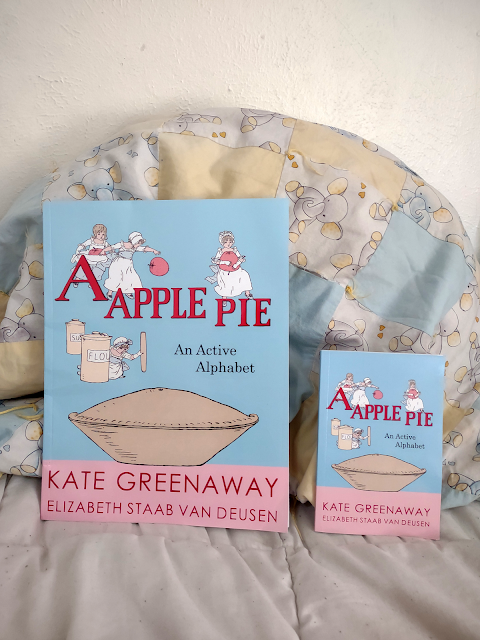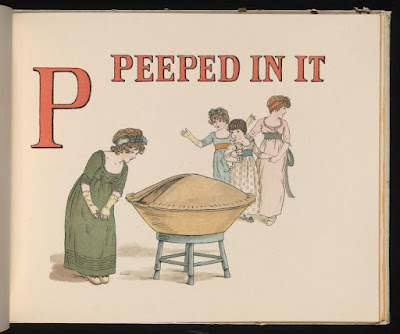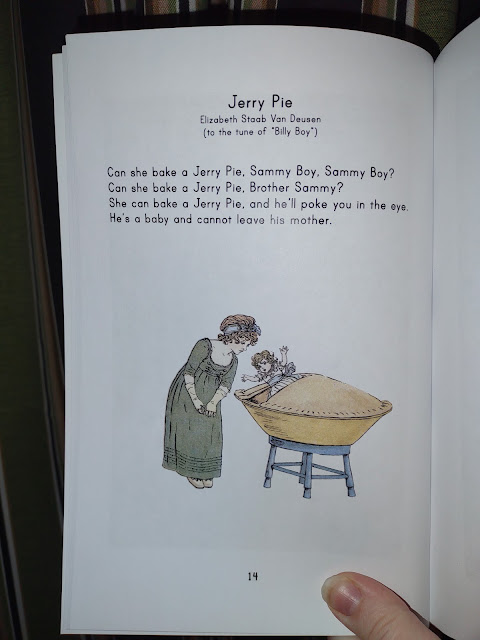Monday, December 25, 2023
Christmas Angels
Friday, December 1, 2023
Temple of Fancy Paper Dolls--Ellen, or the Naughty Girl Reclaimed
Friday, November 3, 2023
Bartrug's Mother Goose Rhymes--Coloring Books
Tuesday, September 26, 2023
How to View Stereo Cards in 3D
Tuesday, September 19, 2023
Stereo Card Recolor--Simply to Thy Cross I Cling (1900)
I found this lovely stereograph card on eBay a while ago, and I colored it in Photoshop but didn't post it right away because it was so tricky to sort out the boundary between the painted backdrop and the girl's hair. Finally I decided to check it over it one more time and then go ahead and share, so here it is. I really like this card and have not seen it anywhere else.
This stereograph has a strong resemblance to one I blogged about earlier, here, ultimately based on a painting by Johannes Adam Simon Oertel. It seems to have been a popular design to copy; several other companies put their own spin on it. I've collected a few of them and find it fascinating just how much variety there is even when they're clearly copying each other. This particular version was published in 1900 by Griffith & Griffith. Since it's a photo and not a painting, the 3D effect is much more convincing than in the 1896 card. The cross is not made of rock--it appears to be cloth-draped wood--but the title is still a line from the song "Rock of Ages." The girl is younger than in many other portrayals; since she's understood to be a personification of Christian faith, I suppose that makes this one childlike Faith.
Thursday, September 14, 2023
A Apple Pie: An Active Alphabet--Pocket Size
Sunday, September 3, 2023
Temple of Fancy Paper Dolls--Little Fanny and Little Henry

Wednesday, August 9, 2023
Stereo Photos--Orange Daylily
I took these photos several months ago, but I just found them on my phone and put them together in 3D. I was very pleased at how well they turned out, too, especially since it was my kids' favorite flower that my husband accidentally cut down with a weed eater not long after I photographed it. They were all happy to see that I managed to save these pictures of it.
Monday, July 17, 2023
Stereo Photo--Venus Flytrap
Tuesday, March 14, 2023
A Apple Pie: An Active Alphabet--Kindle EBook
Happy Pi Day! I decided it was the perfect day to format A Apple Pie: An Active Alphabet as a Kindle eBook, so here it is. An earlier blog post describing this book is here. I removed the selection of historical examples from the back of the eBook version--most of the text in those would have been too small to read--so the paperback is a better choice for those who are really interested in the historical background. But the eBook is a fun, less expensive option for those who want to check out the combination of Kate Greenaway's classic illustrations and my own quirky accompanying rhymes.
Sunday, February 12, 2023
Realistic Heart Valentine--Hot Air Balloon
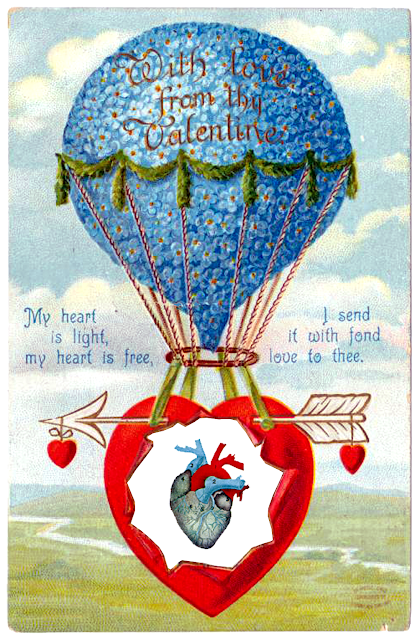 |

